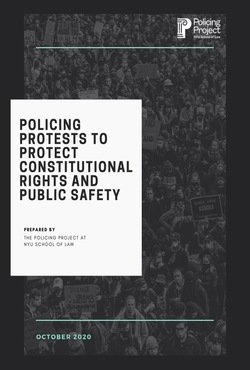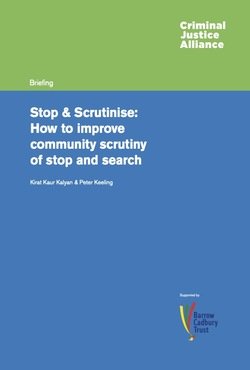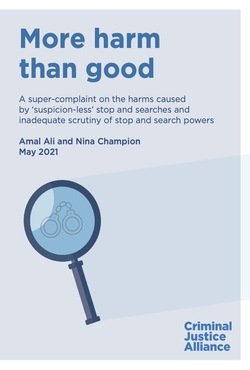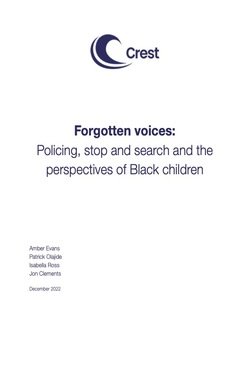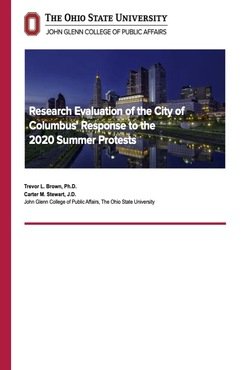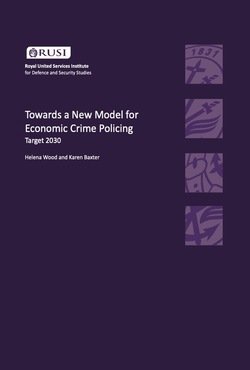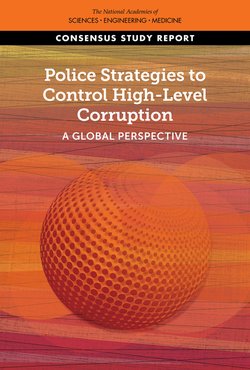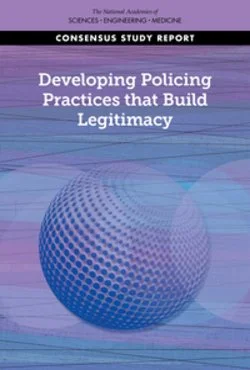By Cynthia Lum, Christopher Koper, et al.
The COVID-19 pandemic, beginning in early 2020 and continuing through 2022, has been one of the largest, if not most impactful public health crises in recent history. With over one million lives lost in the United States at the time of writing, the pandemic significantly impacted all aspects of social, economic, and civic life. Given this, the short and long-term impacts on criminal justice processes and institutions were significant. This report documents an in-depth case study of the impacts of the pandemic on a large, suburban police agency, the Fairfax County (Virginia) Police Department (FCPD) in Fairfax, Virginia. Near the nation’s capital, Fairfax County is home to a diverse and large populace, with a police department of approximately 1,400 sworn officers serving over 1.1 million people. The pandemic severely disrupted life in the county, as it did in many other jurisdictions across the United States. Faced with this unprecedented and fast-moving public health crisis, the police department had to adjust its policies, deployment, human resources strategy, and interactions with the community quickly. These changes focused on keeping the department’s workforce safe from COVID while simultaneously carrying out the agency’s mandate of maintaining public safety. Early in the pandemic, the Office of Justice Programs Bureau of Justice Assistance implemented its Coronavirus Emergency Supplemental Funding Program, which provided funds to eligible states, local government units, and tribes to strengthen the prevention, preparation, and response to COVID-19 and foreseeable related…..
-
problems in the future. 1 George Mason University’s Center for Evidence-Based Crime Policy (GMU-CEBCP) partnered with the FCPD to apply for this award as a sub-award recipient to study the impacts of the pandemic on the department. The study aimed to assess the pandemic's impacts on crimes, disorders, and other public safety concerns, police operations and deployment, community-police relationships, and other organizational impacts. The goal of this study was not only to document the impacts of COVID-19 on FCPD but to provide lessons learned and recommendations for other agencies and FCPD to strengthen their prevention, preparation, and response for future public health crises.
Fairfax, VA: Center for Evidence-Based Crime Policy, Department of Criminology, Law and Society, George Mason University , 2022. 206p.




